The US Dream Chaser cargo plane to the ISS will be equipped with 15 small rocket engines and a cargo module that can transport 5,550 kg.
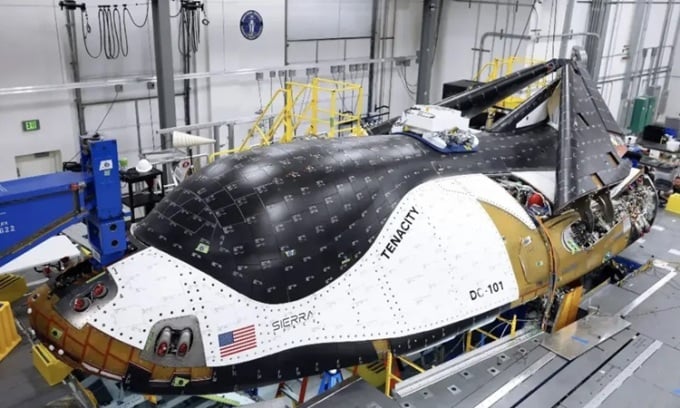
Dream Chaser aircraft at Sierra Space's manufacturing facility. Photo: Sierra Space
Dream Chaser, a commercial spaceplane developed by the US company Sierra Space, is getting closer to its launch date. Designed to carry out 15 missions, Dream Chaser will deliver cargo to the International Space Station (ISS) and could play an important role in future orbital stations, Interesting Engineering reported on November 2.
At 30 feet long, Dream Chaser has a wingspan of 23 feet. Its wings can be folded like a fighter jet, allowing it to be used as a cargo vehicle inside a rocket. Dream Chaser is a successor to the Soviet BOR-4 spacecraft. This spaceplane was also one of the last vehicles considered to carry astronauts to the ISS but failed to meet SpaceX and Boeing. Sierra Space then focused on using Dream Chaser as a cargo vehicle. The improved design, without a cockpit and windows, was selected by NASA as the third cargo option in 2016.
Dream Chaser’s first flight was scheduled for 2019, but was delayed several times during the Covid-19 pandemic due to supply chain issues. Sierra Space used the time to harden the vehicle and reduce its reliance on suppliers for various components. This allowed Sierra Space to gain experience in areas such as propulsion. Dream Chaser is powered by 26 small rocket engines, each capable of producing three levels of thrust, using a fuel mix of kerosene and hydrogen peroxide. Since hydrogen peroxide is highly corrosive, the company is looking to replace it with zirconium.
Dream Chaser includes an integrated cargo module nicknamed Shooting Star. While in orbit, this module deploys its solar cells to generate electricity. It also serves as a docking module with the ISS. With a cargo capacity of 5,550 kg, Shooting Star is designed to collect debris from the ISS and burn up to 1,850 kg of debris in the atmosphere as the spacecraft returns to Earth.
Dream Chaser will be transported to NASA's Neil Armstrong Test Facility in Ohio, undergoing testing over the next 1-3 months before returning to Kennedy Space Center in Florida for its first flight, scheduled for April next year on a United Launch Alliance Vulcan rocket.
An Khang (According to Interesting Engineering )
Source link


![[Photo] General Secretary To Lam concludes visit to Russia, departs for Belarus](https://vphoto.vietnam.vn/thumb/1200x675/vietnam/resource/IMAGE/2025/5/11/0acf1081a95e4b1d9886c67fdafd95ed)

![[Photo] General Secretary To Lam meets and expresses gratitude to Vietnam's Belarusian friends](https://vphoto.vietnam.vn/thumb/1200x675/vietnam/resource/IMAGE/2025/5/11/c515ee2054c54a87aa8a7cb520f2fa6e)


![[Photo] General Secretary To Lam arrives in Minsk, begins state visit to Belarus](https://vphoto.vietnam.vn/thumb/1200x675/vietnam/resource/IMAGE/2025/5/11/76602f587468437f8b5b7104495f444d)


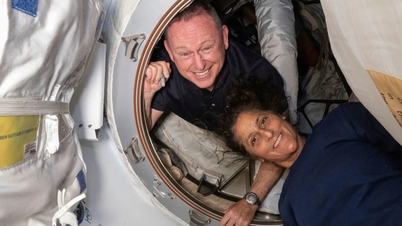



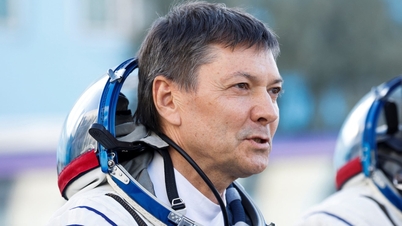





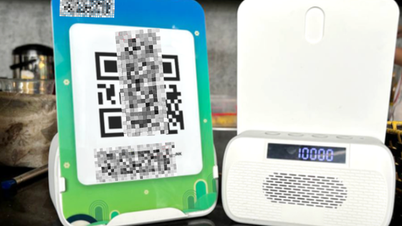
![[Video] Bringing environmental technology from the lab to life](https://vphoto.vietnam.vn/thumb/402x226/vietnam/resource/IMAGE/2025/5/11/57d930abeb6d4bfb93659e2cb6e22caf)



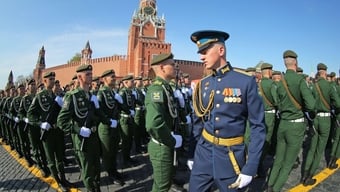






![[Photo] National Assembly Chairman Tran Thanh Man attends the Party Congress of the Committee for Culture and Social Affairs](https://vphoto.vietnam.vn/thumb/1200x675/vietnam/resource/IMAGE/2025/5/11/f5ed02beb9404bca998a08b34ef255a6)


















































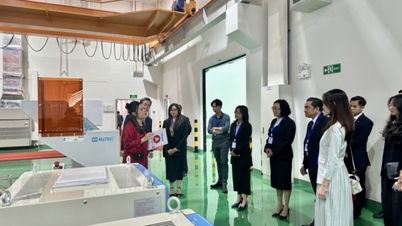



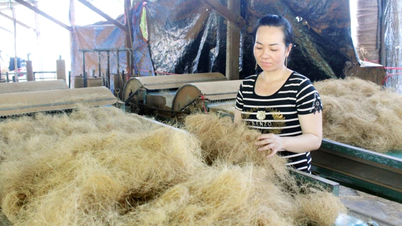
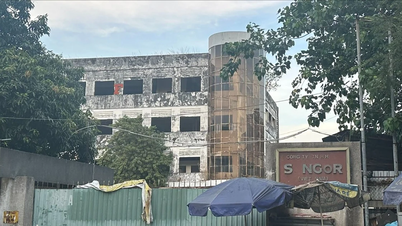









Comment (0)